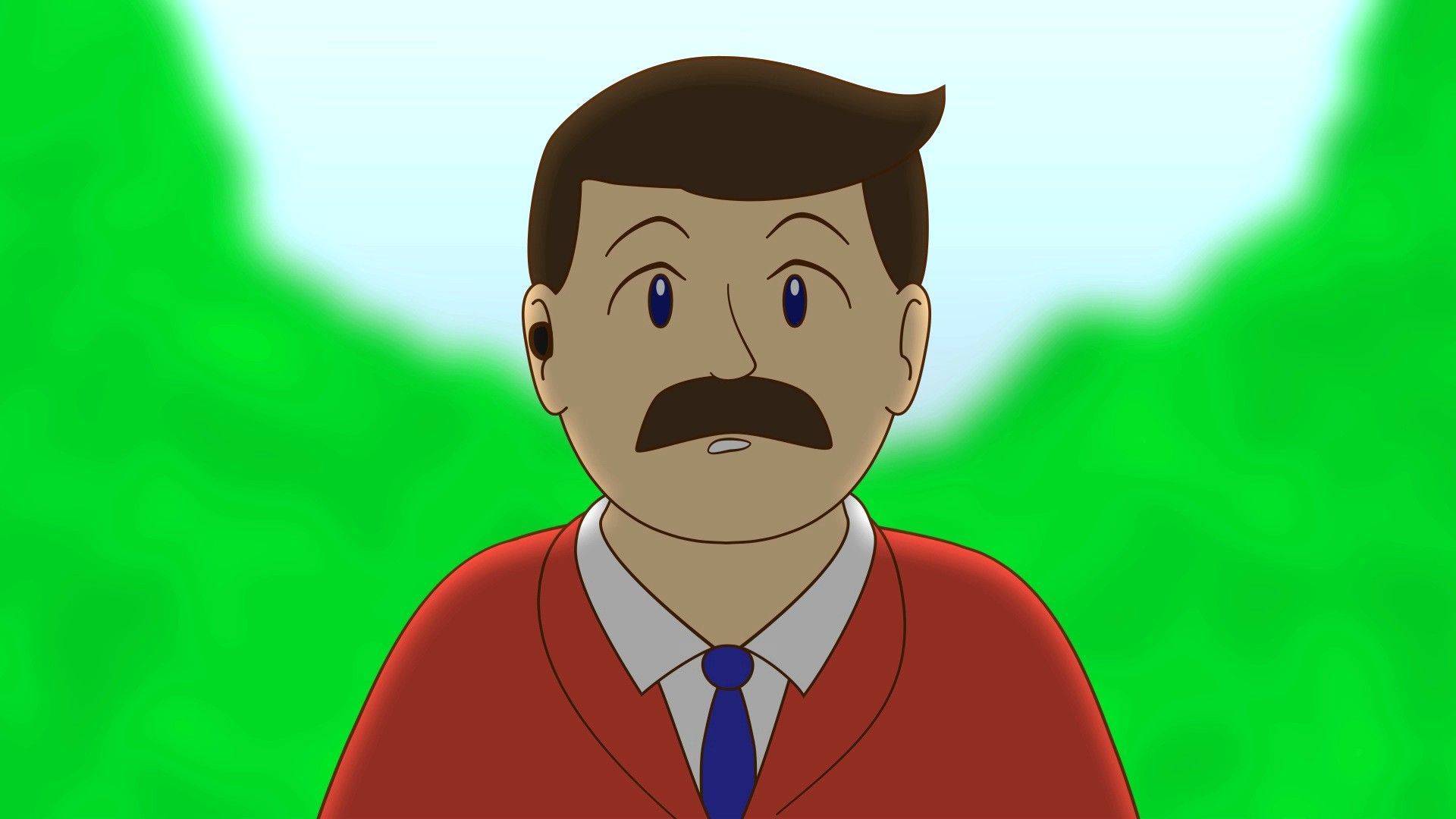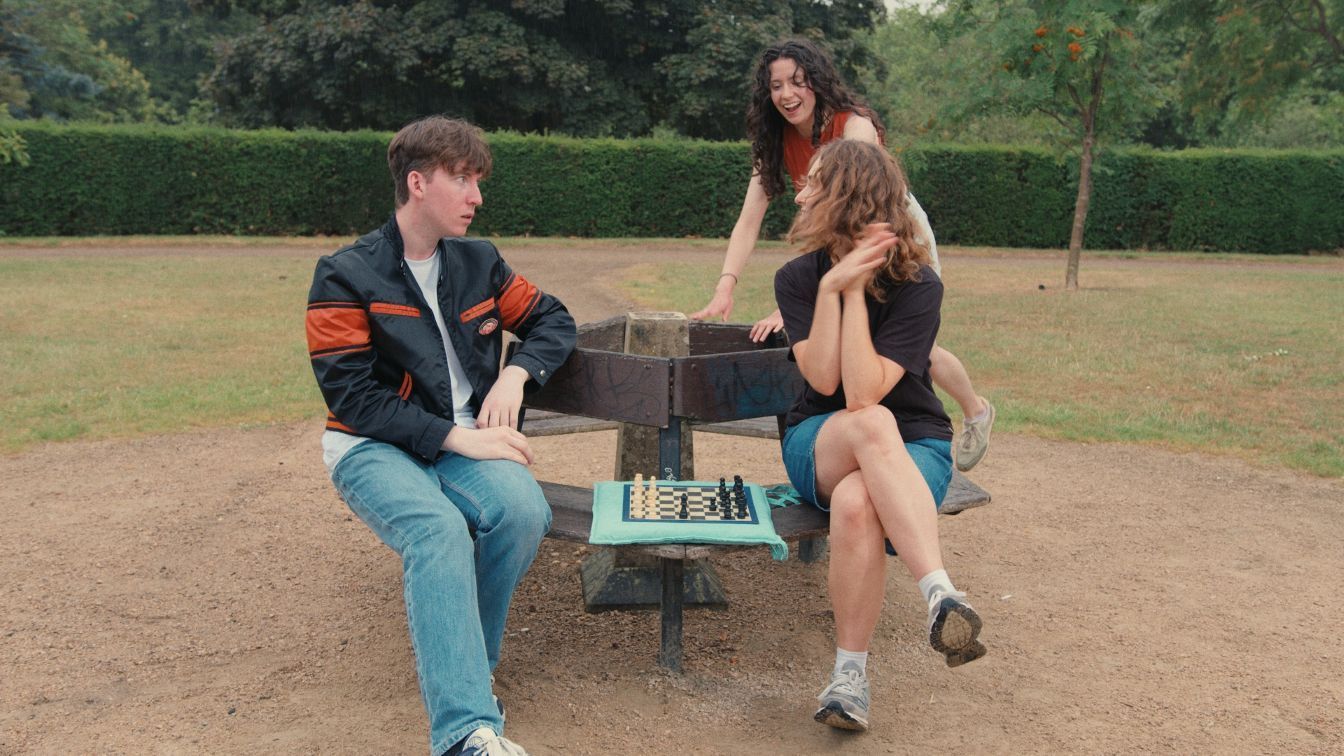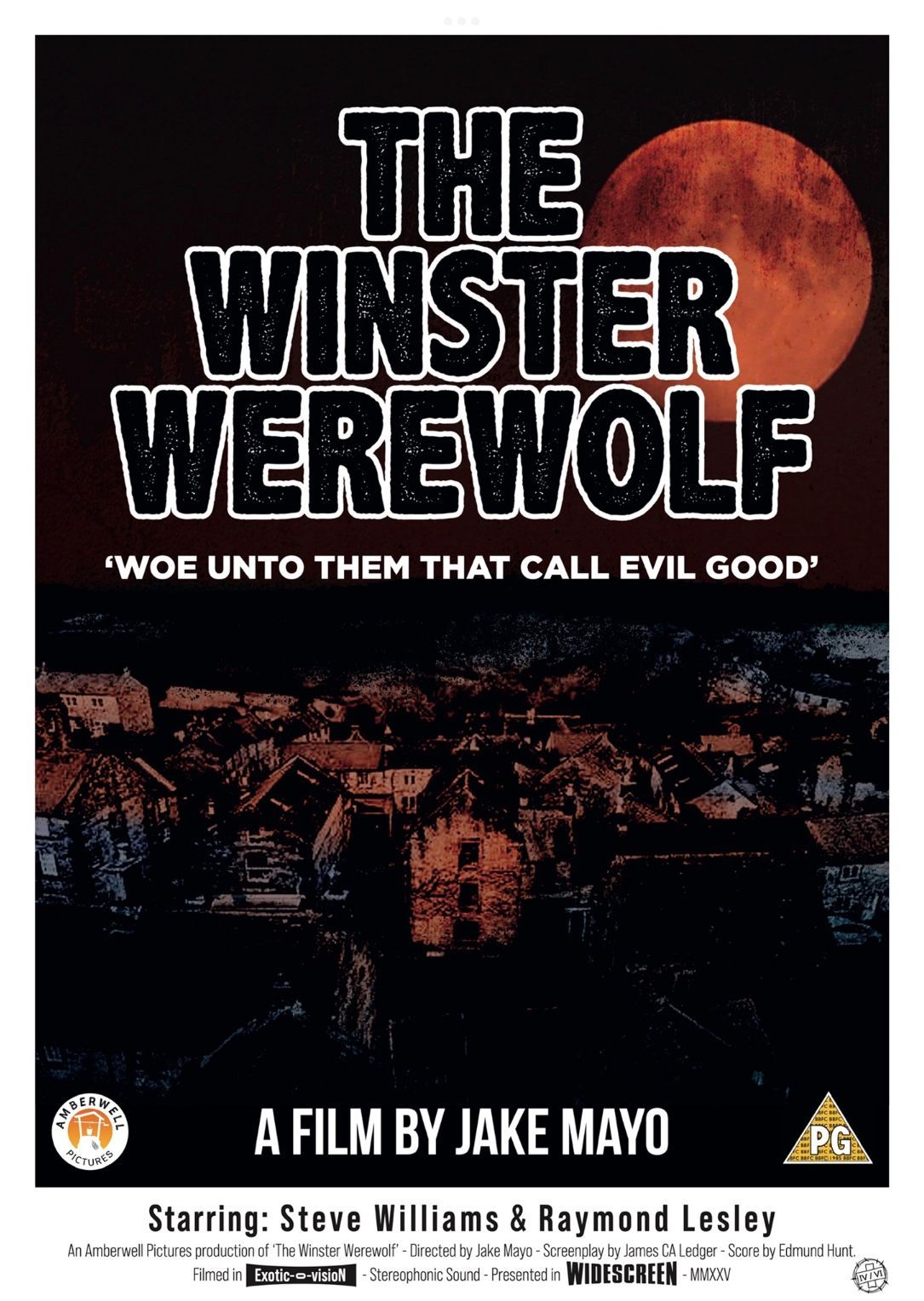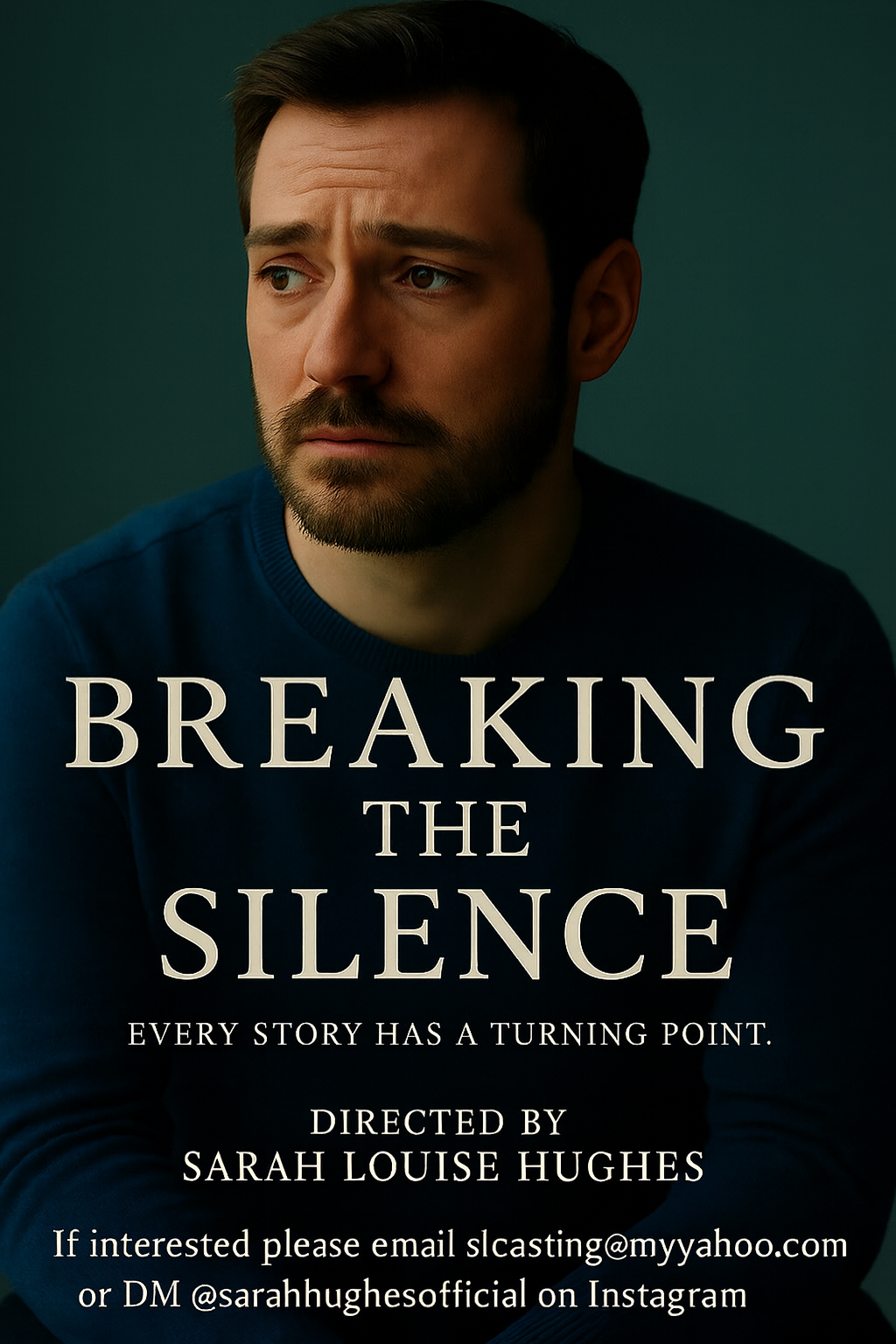20 Ways Burtons Batman influenced Nolans Dark Knight Trilogy
midlandsmovies • June 15, 2020
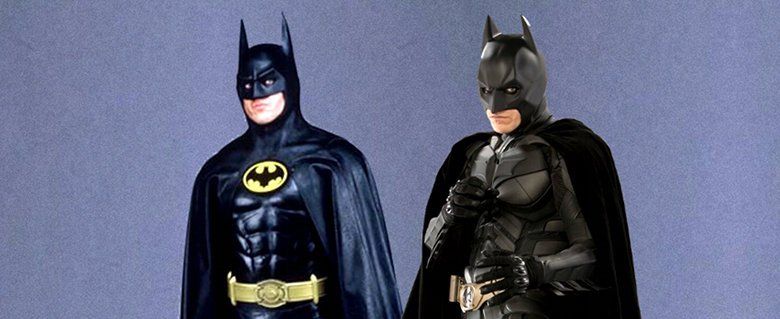
20 ways Burtons Batman influenced Nolans Batman Begins and The Dark Knight
With The Dark Knight Rises about to hit cinemas this week, I caught one of my favourite films on television just the other night in the form of Tim Burton’s Batman from 1989. I had already watched Batman Begins when it was released and thought I recognised some similarities between the versions, with both bringing back a dark vision of the comic superhero that had to destroy the campy “fun” versions that went before (60s West for Burton and Joel Schumacher’s double-mess for Nolan) but with all the graphic novels to use for these new versions I began to think that Nolan had used certain influences from the 1989 version alongside his new heightened adherence to realism.
What I am going to try and avoid is to dissect the similar use of Batman lore and mythology (major characters, history and themes) which are obviously going to be covered by both movies using the same source material. I will instead focus on very specific scenes, actions and situations that Burton originally pioneered in his vision that have since been incorporated into Nolan’s universe. These cross-over points are specific to these movies and in no way diminish or devalue Nolan’s brilliant efforts but do draw attention to the fact that Burton got there first with a few ideas that were good enough to be used again. In addition, I have thoroughly enjoyed ALL of Nolan’s output recently whereas Burton has not made a film I have loved in years. For all the thousand of different choices Nolan would have had to make I was as surprised as anyone to see that many of things attributed to him were already clear and present in Burton’s stylistic film.
So, this is not Burton vs. Nolan or even an argument about which is better, just a look at some of the familiar points of the best Batman films:
1. Crime Figures – Nolan and Burton return Gotham to power struggles with cops and suited crime figures with head bosses like Grisholm and Falcone leading crime families who are eventually removed from power. Forever, Returns and Batman and Robin moved away from traditional gangsters into more theatrical villains and costumed gangs.
2. Obese corrupt cop – Eckhardt fulfils the role in Burton’s film and Mark Boone Junior plays Detective Flass in Nolan’s universe. Both cops eat and drink in smoky, wet alleys and work with the mobsters they are supposed to be chasing.
3. TV and Media – The Joker uses television and the news especially to communicate his plans to disrupt Gotham.
4. Joker’s Smile and Makeup – In both, we see how the Joker’s smile is the result of a physical attack or transformation of some sort rather than just makeup. We also get in both shots of the Joker with a “normal” skin tone – used to both humanise the character and play the “behind the mask” analogy
5. Joker addresses the crime families – A clear similarity is when the Joker addresses the heads of the crime gangs around a table to explain the changes that he’d like to see. In both, The Joker exerts his violent tendencies by killing someone during the meeting to shock the others.
6. Females rushed to the Bat cave, pass out then awake with an antidote - Rachel Dawes and Vicki Vale are rushed through a wooded area to the hidden entrance of the Bat cave in the Batmobile before both awake back in their own room with the antidote Batman has been working on.
7. Joker breaks into a vault – The Joker’s introduction to his criminality in both movies is via him breaking in to a safe or vault (Axis chemicals in Burton and the mob bank in the Dark Knight opening).
8. Plots to poison Gotham – Smilex gas is the evil in Batman (spread at the parade) whilst the toxic water vapour is in Batman Begins. Both spread fear and panic in the city streets through these everyday liquids (water/cosmetics supplies).
9. Leaving the bad guys hanging – The Joker ends both films hanging upside down off the top of a tall building at each film’s climax and at different times in both movies, Batman can be seen “saving” (or trying to save) Jack Napier/aka The Joker from falling. Both films have their fair share of other bad guys dangling from Batman’s batarang-style weapons.
10. Rooftop attacks – Both films utilise the rooftops of Gotham buildings and the line “Where are you?”/“What are you?” being asked by a nameless thug during Batman’s first appearance also echoes in both versions.
11. Parades and daylight assassination attempts – Burton’s 200th Anniversary parade is repeated with the city parade for Harvey Dent whilst The Joker also tries to assassinate his enemies in broad daylight with cops aplenty around who do nothing (Vinny in Burton’s Batman and the “shooting” of Gordon in Dark Knight).
12. Joker and Batman as “one” – Nolan gets The Joker to say a line about how they “complete each other”, which echoed the sentiment Burton went for with the similarly themed, “I made you, you made me” line from Jack Nicholson.
13. Young Bruce injury - Alfred (Michael Gough) tells the story how he helped a young “Master Wayne” with a broken ankle and Nolan follows this with “falling” of Bruce down the well in the garden of Wayne manor.
14. Fundraising by Bruce Wayne – Bruce hosts a party at Wayne Manor for the 200th Anniversary festival and for Harvey Dent’s political campaign friends. Both get interrupted by The Joker’s actions at some point.
15. Physical Bruce Wayne - Bruce Wayne maintains his physicality and health by often jumping out of bed to work out.
16. Remove the mask – The Joker goads Batman into removing his mask in both films to be on an even playing field and see who he “really is”, both at the aforementioned Dent fundraiser and during Jack’s anniversary parade television address.
17. Politics – Much more overt references to the Mayor, courthouse procedures, re-elections and the machinations of government (and how it can be corrupted and abused) as well as a feisty female who knows Bruce and who works with officials to find out more about the Batman
18. Batmobile “jokes” and grappling hooks - Both films joke about the Batmobile – “which car is yours?” and both the Batmobile and Bat-bike use grappling hooks to take down other vehicles and escape from enemies.
19. Henchmen in costume (just the once) – The Joker henchmen appear as clowns/mimes for just one scene only otherwise they are mainly nameless hoods.
20. Tied up man on news broadcast – The Joker ties up a man and broadcasts this over the Gotham news to scare citizens - the Smilex scene and with Ledger taunting the Batman-inspired public vigilante.


